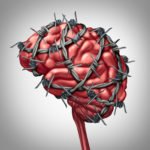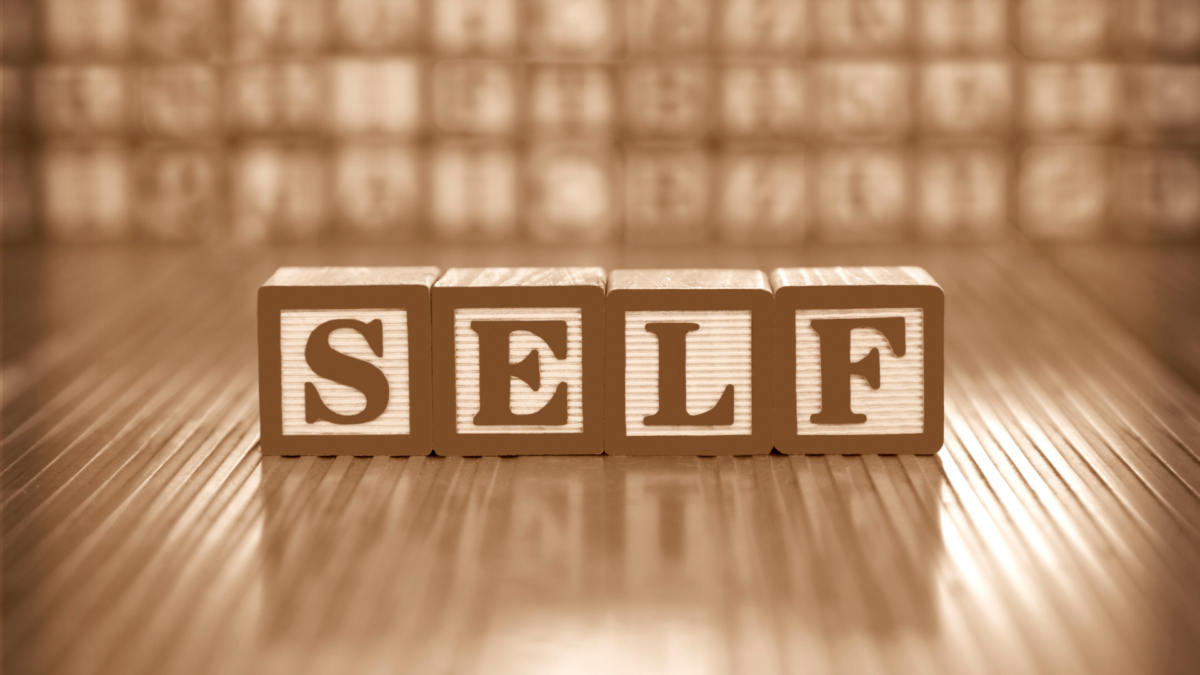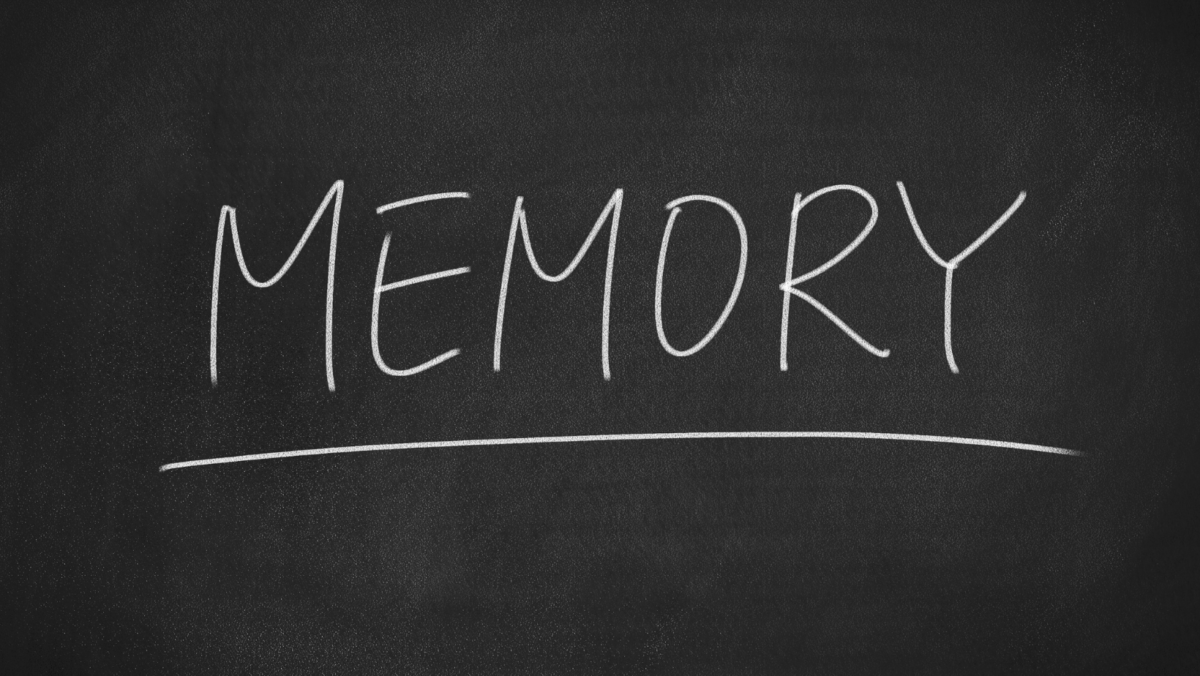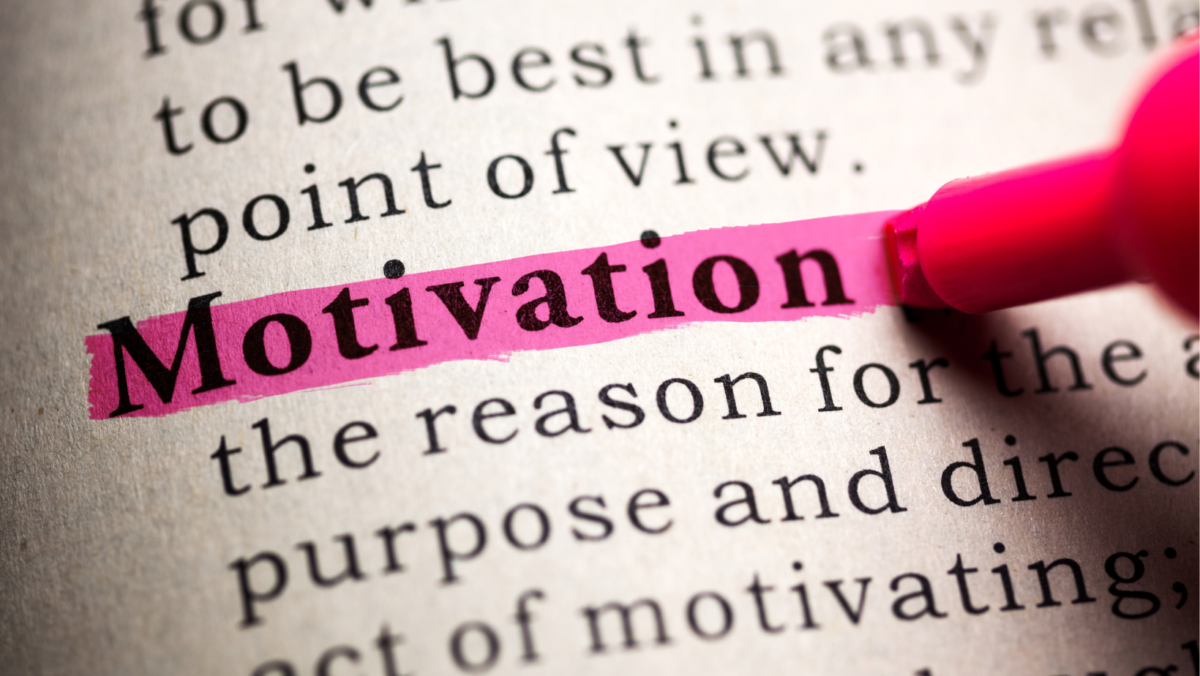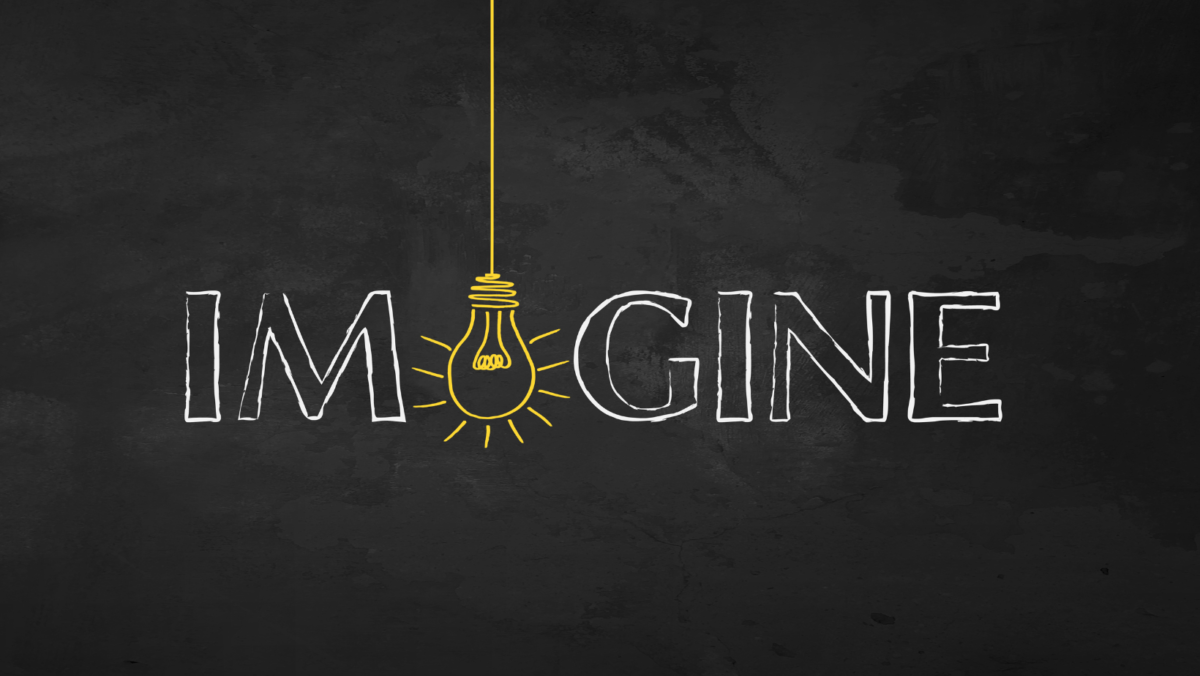Do you always set out with the best of intentions to get more done on your to-do list or stop procrastination, yet more often than not find yourself running out of hours in the day and getting distracted frequently? How we manage our time will determine whether or not we reach our fullest potential.
Productivity is counterintuitive. Ironically, the more we try to do in a day, the more susceptible we are to stress and overwhelm, meaning the work we do is more likely to be completed at a lesser standard. Other consequences of stress and overwhelm include forgetfulness, slower mental processing, and difficulty focusing to name a few, all of which can derail productivity. Knowing this, it is important for us to be realistic with the amount we can get done in a day so that we can set ourselves up for success.
Cornerstones of Successful Time Management
Focus and avoiding distraction are crucial facets of establishing a schedule and routine that support us in feeling successful. Did you know that it takes 23 minutes to return to the original task after getting distracted? Distraction is a time bandit that we must train ourselves to be aware of and manage. It is key to first become aware of what is distracting us, then take intentional action to manage that distraction. Take the device in our pockets for example. If your phone is distracting you, then why not switch it off and leave it in a different room? This has been of great benefit to myself personally, and has allowed me to remain focused on the task at hand by intentionally removing the source of distraction.
Delegation and prioritization are also essential if you wish to make better use of your time. Understandably, delegation may prove a difficult task for those who think it’s always quicker to get the job done yourself. However, you are doing your colleagues a disservice by not delegating – we all have to start somewhere, and without allowing them the added responsibility they will not progress at a rate that will benefit them or your company. Prioritization is a crucial skill to master, we need to figure out which items are truly important to us, not just urgent, and learn to delegate or say no when we feel like we’ve taken on too much.
What Can We Do?
Practice thinking about Time Management as a learnable skill set. Learning is often misconceived as an event rather than a process. New information takes months to embed and behavioural change is gradual. Over the course of her 15 years in the field of change and growth psychology, Dr Celine Mullins has devised a 7-step programme to enable people to elicit positive behaviour change that counteracts old patterns of behaviour and helps develop learning and habit change. I’m going to take you through the two steps that I personally found the most helpful in cultivating my self-awareness around what was holding me back from becoming much more efficient at managing my time.
Clarity: What?
What is it you would like to change about how you manage your time? What would you like to do more of, less of, or do differently? Getting clarity on the specifics is where we need to begin. Get as tangible as you possibly can, as any ambiguity will hamper your chances of achieving positive change. For example, instead of saying “I want to procrastinate less” you might say “I realise my procrastination trigger is stress and my response is to go on my phone. I will rectify this issue by leaving my phone in a different room”.
Once you have realized your ‘what’, you must then check in with how you see yourself. Is it in alignment with the change you want to make? Recognizing incongruencies between how you see yourself and your goal can help you to understand what it is you need to change. For example: “when it comes to time management, I’m the type of person that procrastinates by checking my phone”. To this end, you realise you can fix this issue by switching off your phone or leaving it in a different room.
After we have realized our ‘what’ and whether how we see ourselves is in alignment with it, we then need to visualise ourselves doing it. Visualisation improves performance, motivation and focus. It involves creating a picture of what you want to happen. When visualizing, it is important to be as detailed as possible. How does it feel, use all your senses associated with your body when imagining it. For example, picture yourself getting stressed about an upcoming project, yet choosing not to procrastinate. Imagine how it would feel to lean into that discomfort and take action instead of avoiding the task. What might that look like? This mental and physical rehearsal allows us to be cognizant of recognizing these opportunities in real life.
Obstacles: Which?
We must get really clear on what the potential obstacles to change might be for us. We must look at the internal and external obstacles. Internal are our limiting beliefs – the assumptions we have around why we cannot achieve our goals. For example, if someone has always wanted to get fit and they are currently overweight, a limiting belief might be that they think that they have bad genetics and resign themselves to not going to the gym and eating unhealthy foods. In terms of time management, our belief that we are naturally disorganised, slow, or not smart enough can prevent us from taking action to improve our time management skills. Our external obstacles, on the other hand, are our life responsibilities such as our career or family.
Once we have identified the internal and external obstacles that could prevent us from achieving our goals, we must now mentally contrast. Mental contrasting involves thinking about several different positive aspects associated with completing your goal. This will help you to keep consistent. It is a visualization technique developed by Gabriele Oettingen, a motivation psychologist who wished to improve the effectiveness of traditional self-control strategies like positive-future visualization. The technique improves cognitive functioning, health and promotes helpful behaviours.
The final step is implementation. How are you going to overcome each obstacle if they do arise? Use the ‘if-then’ method. For example, “If I get distracted by my phone, then I will switch it off and put it in another room” or “If I get overwhelmed, then I will focus on my breathing and be realistic with how much I can get done in a day”.
Resistance to Change
When presented with change, our brain leans into a self-protection mode and will do everything it can to cling to the comfortability of what it already knows. Change is a process, not an overnight event, but with the implementation of these steps you are guiding yourself in the right direction towards improving your time management skills.
To Summarise
1. Productivity is counterintuitive – be realistic with what you can accomplish in a day to avoid stress and overwhelm
2. Focus, avoiding distraction, delegation and prioritization are all crucial elements of time management
3. Get clear on what it is that is holding you back from improving your time management
4. Become aware of the potential obstacles and how you will overcome them
5. Realise that nothing happens overnight, habit change is a process, but using these steps will put you in the driving seat of your time management skills



